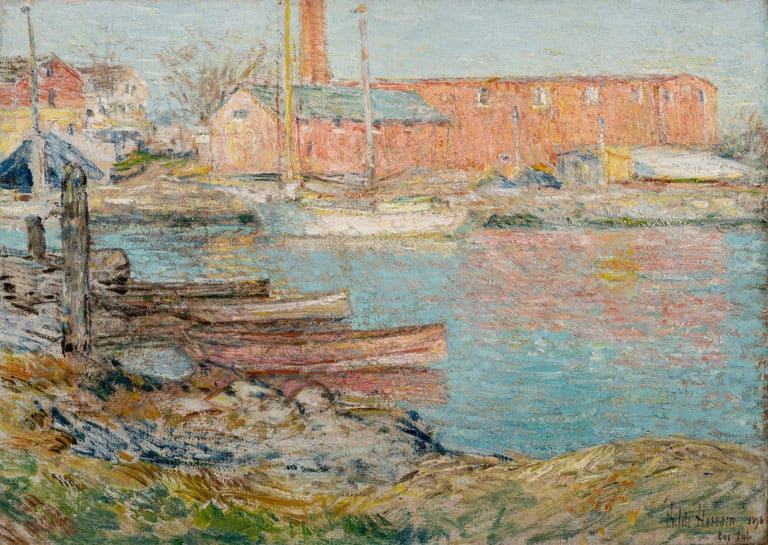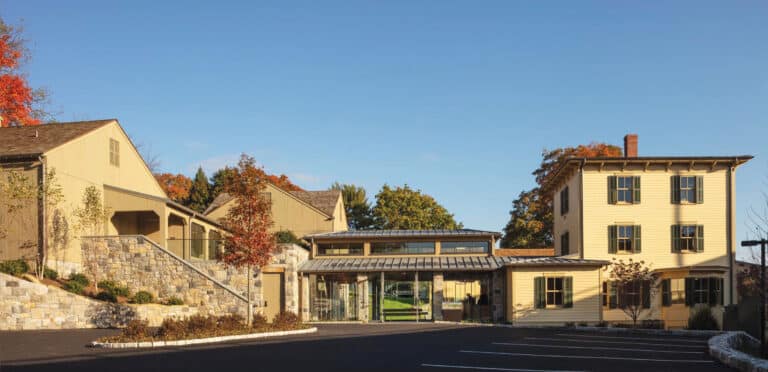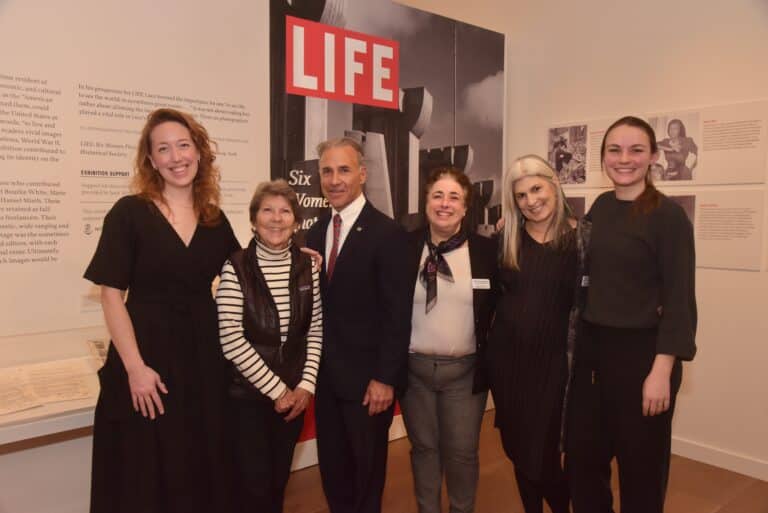The attic room above the back kitchen wing of the house was likely used as living quarters for the people enslaved by the Bush family in the eighteenth and nineteenth centuries. The 1820 U.S. Federal census lists five “colored persons” present in the Justus Luke Bush household in addition to four “white persons.” By corroborating references made in his father David Bush’s 1797 will with the birth records of enslaved children recorded in the Greenwich Commonplace Book, it was determined that the five enslaved people living at the house in 1820 were a woman named Patience, her son Cull Jr., another woman named Candice, and her children Jack and Hester. Although recorded information describing the living conditions and day-to-day lives of Patience, Candice and their children is nonexistent, oral tradition indicates that this kitchen attic space was the house’s “slave quarter.” In New England homes, it was common for enslaved people to sleep in kitchen chambers, attics and cellars.
The back kitchen wing, which was added to the house prior to the American Revolution, made it possible for enslaved people to work and move between the two floors of the Bush mansion without passing through the family parlors or bedrooms. Architectural research reveals that the roof had been raised and windows added to the kitchen chamber much later, meaning that the room had been considerably smaller in the late eighteenth and early nineteenth century with a very low ceiling and little to no light. The only heat source for the chamber was the chimney from the cooking fireplace in the kitchen below. Straw mattresses on the floor, an extra set of clothing and some blankets were typically the few necessities enslaved people were provided by their enslavers. A household inventory made on the occasion of David Bush’s death in 1797 indicates that the enslaved people who slept in this room shared the space with barrels and baskets used for food storage and other household supplies.
Over the 10 years following the 1820 U.S. Census, all but one of the enslaved people listed in the Justus Luke Bush household became free. Cull Bush Jr., Jack and Hester Mead were all legally freed by Connecticut’s Gradual Emancipations Act, which freed all children born to enslaved mothers after March 1, 1784 when they reached the age of 25 (later lowered to 21). Candice Bush was freed by Justus Luke’s sister, Fanny Bush, by enacting a clause in the Gradual Emancipation Acts that that allowed adults between the age of 25 and 45 to be freed with the enslaver’s consent and a clean bill of health from a doctor. Patience remained enslaved for life. She died soon after 1830.
To learn more about the people who lived here, please take a look at our Witness Stones page






